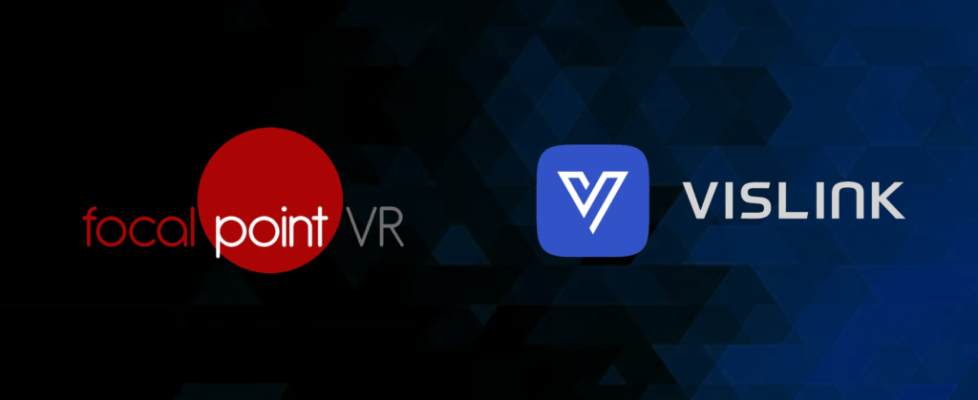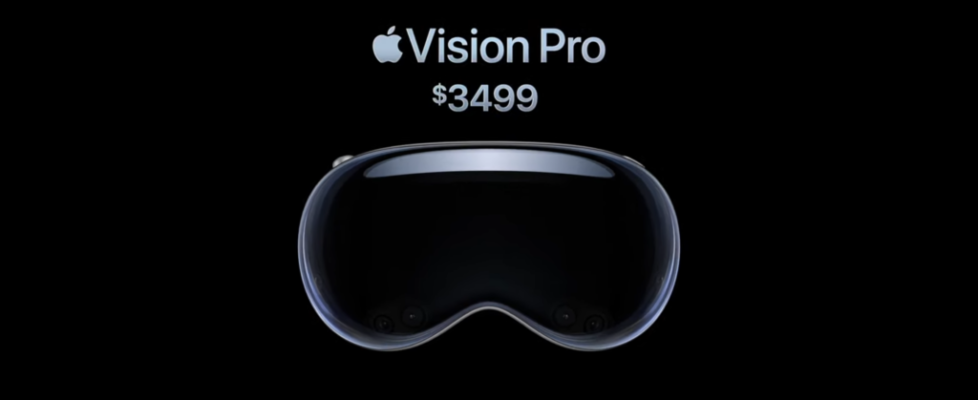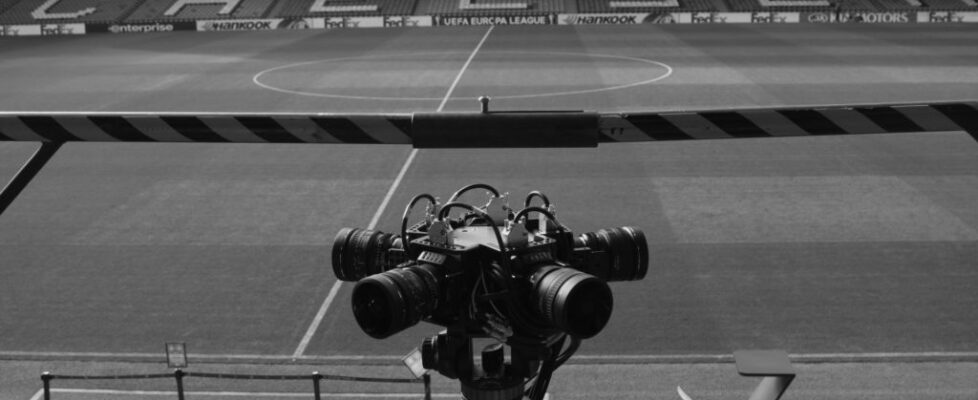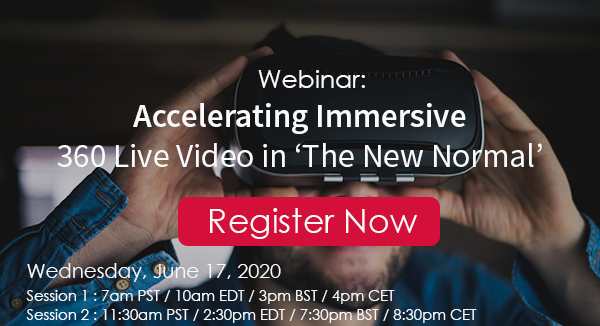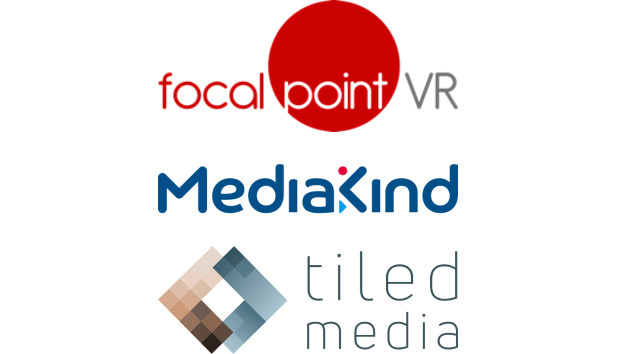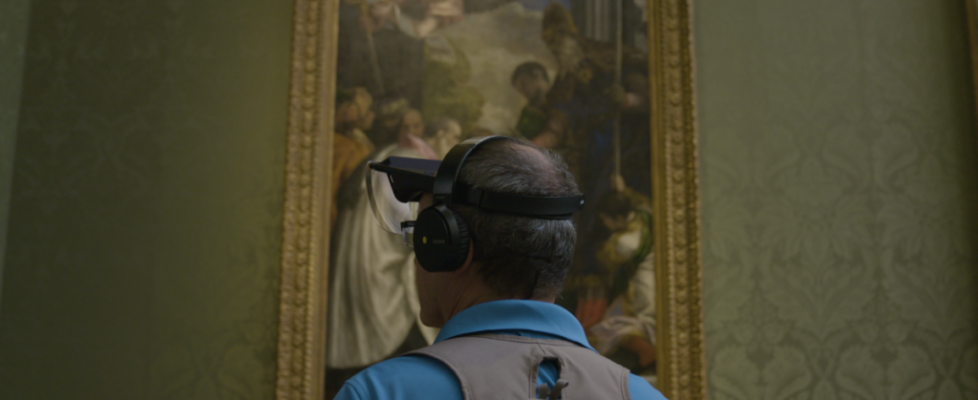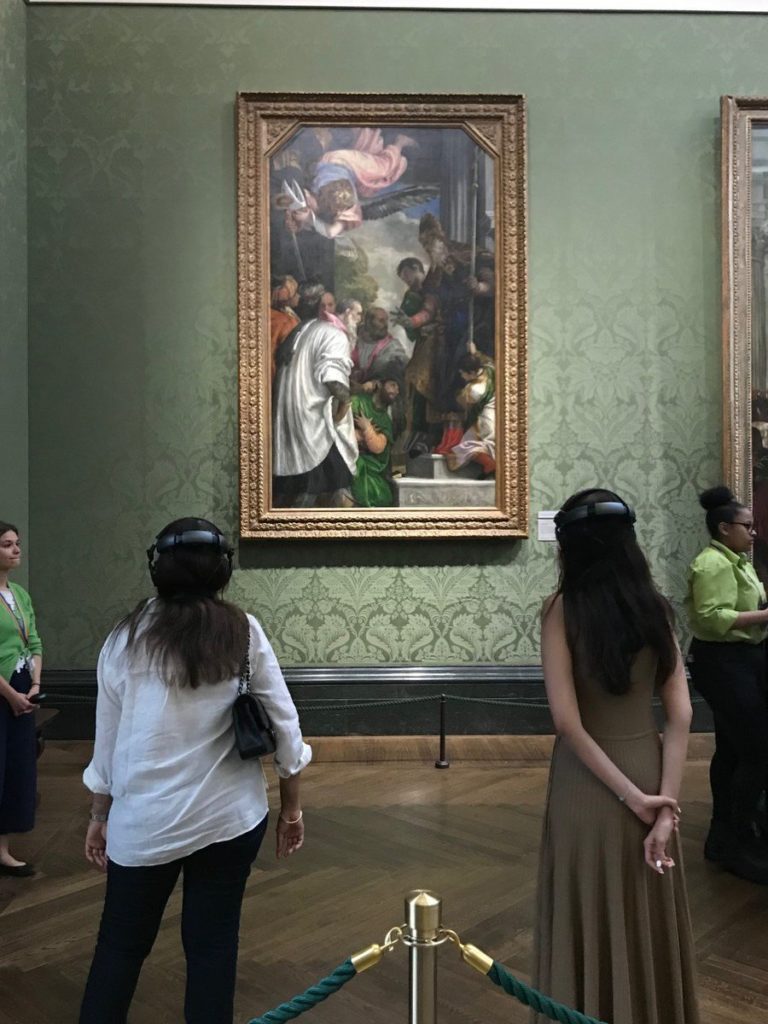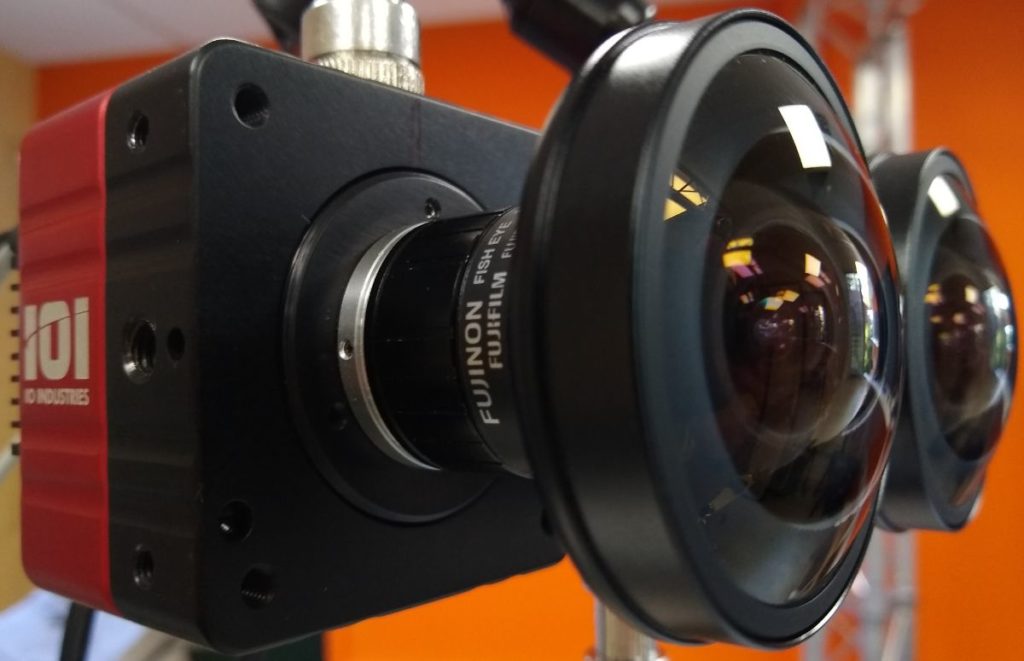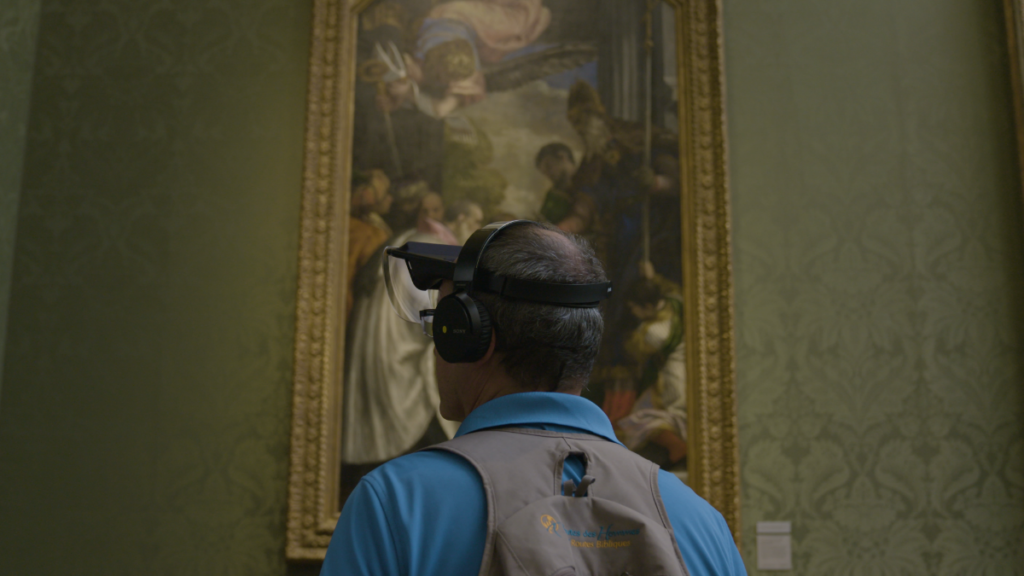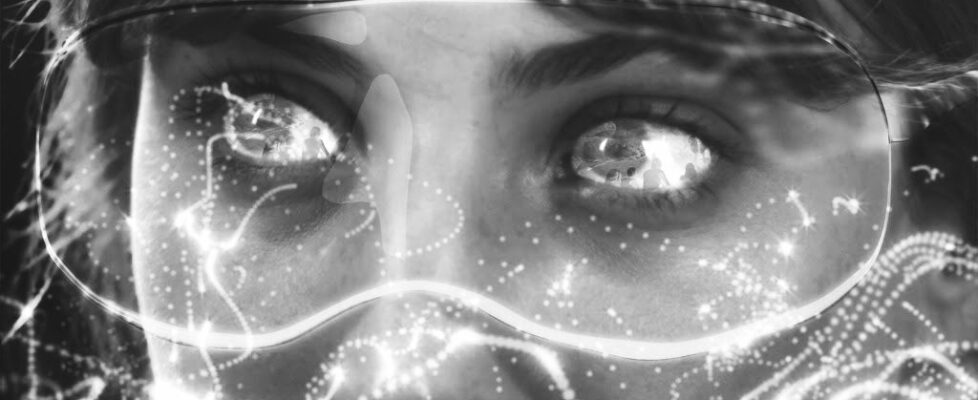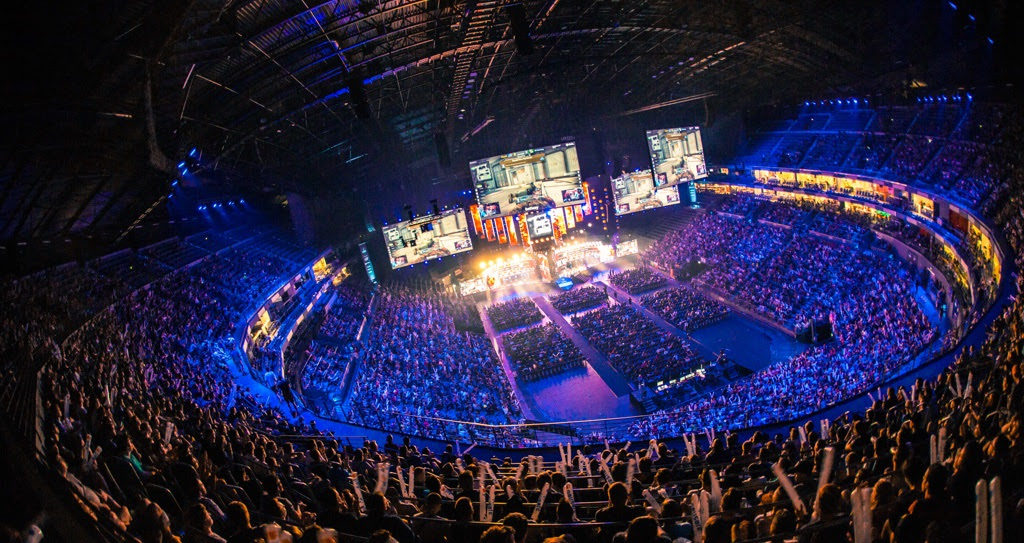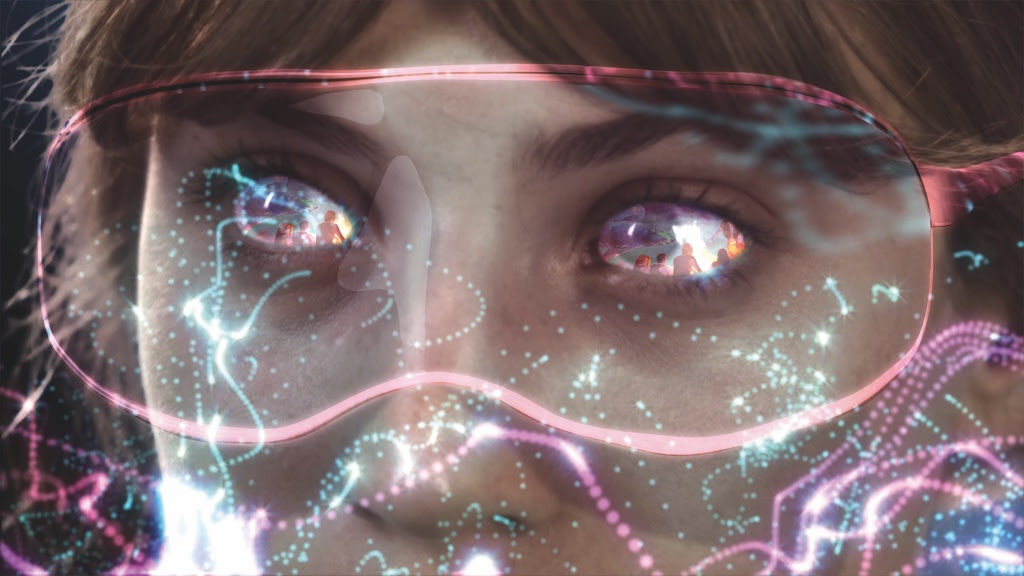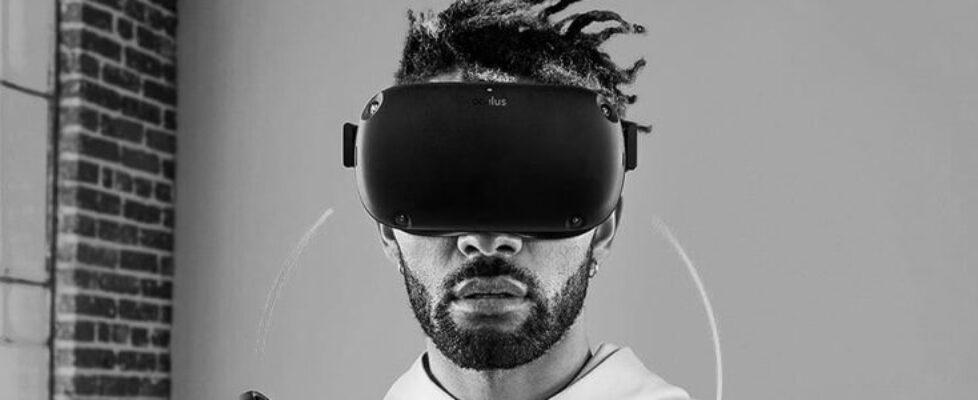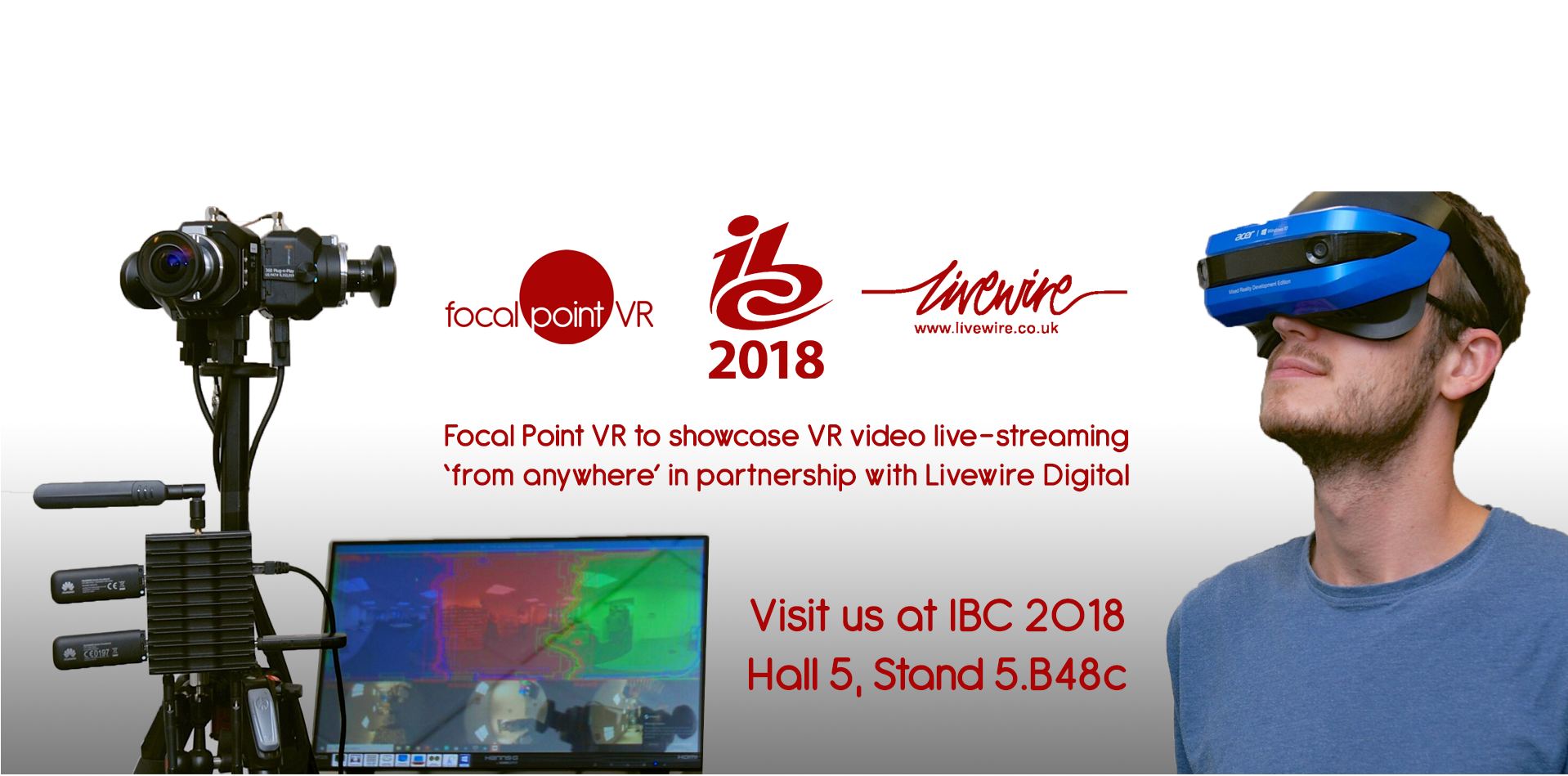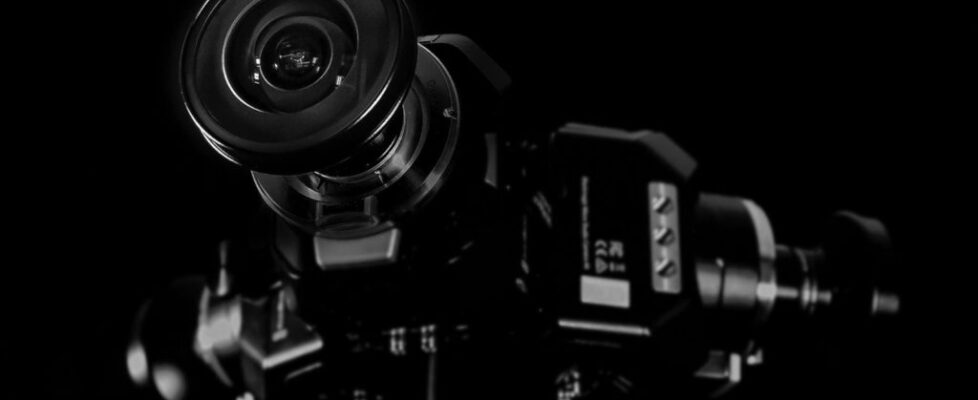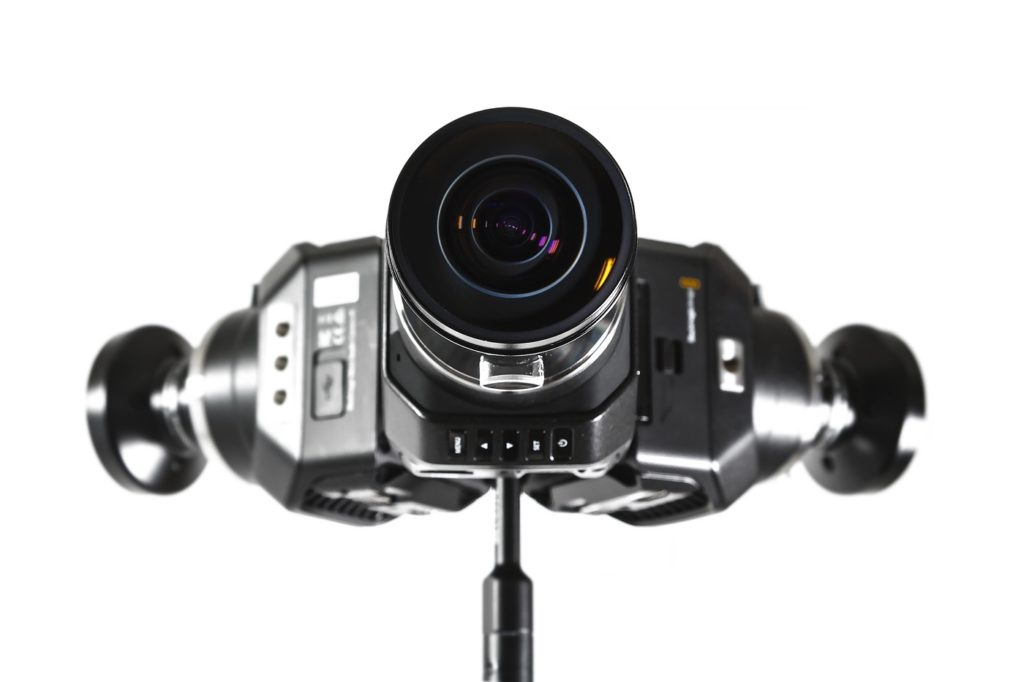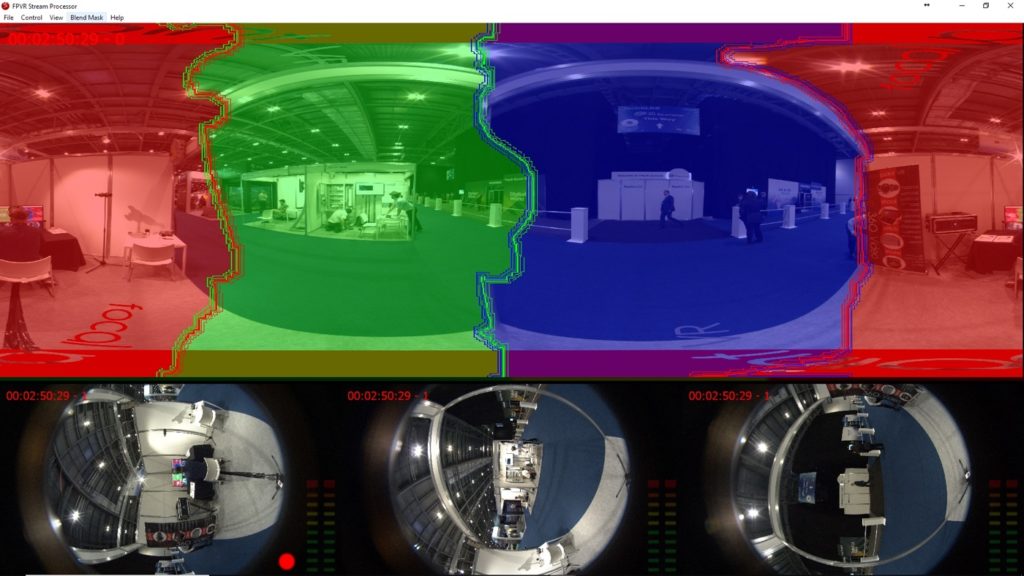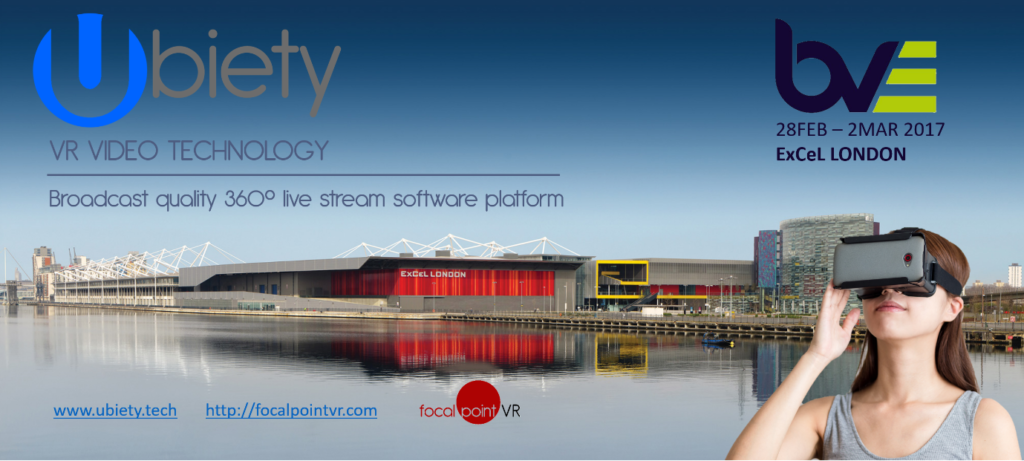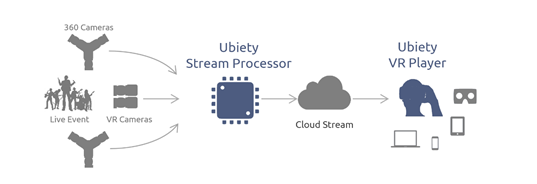Vislink and Focal Point VR Join Forces to Revolutionize Live Event Broadcasting with Immersive Video
London, 15th September 2023 – Vislink, a global leader in wireless video and data transmission technology, is thrilled to announce a groundbreaking partnership with Focal Point VR, a pioneer in remote presence virtual reality technology. Together, they are set to transform the landscape of live event broadcasting by delivering unparalleled immersive video experiences to audiences worldwide.
This strategic collaboration brings together the expertise of two industry leaders, combining Vislink’s advanced wireless communication technology with Focal Point VR’s state-of-the-art VR solutions. The partnership aims to provide event organizers, broadcasters, and viewers with a new dimension of engagement and interactivity during live events.
Key highlights of the partnership include:
Immersive Video: Through the integration of Focal Point VR’s immersive livestream technology with Vislink’s RF communication systems, audiences can now enjoy immersive, 360-degree video experiences that make them feel like they are right in the heart of the event, even from the comfort of their homes.
Enhanced Interactivity: Viewers will have the ability to control their viewing perspective, switch between different camera angles, and even engage with other attendees virtually, creating a truly interactive and social experience.
Unmatched Quality: The combined expertise of both companies ensures that the live broadcast quality remains exceptional, with low latency and ultra high-resolution video streams, ensuring an unforgettable viewing experience.
Scalability: The partnership’s technology is designed to scale seamlessly, making it suitable for a wide range of live events, from sports and concerts to conferences and expos.
Global Reach: With Vislink’s global presence and Focal Point VR’s cutting-edge VR technology, this partnership is set to have a global impact, providing immersive broadcasting solutions to audiences across the world.
Commenting on the partnership, Robert King, European Sales Director of Vislink said, “We are excited to collaborate with Focal Point VR to take live event broadcasting to the next level. Our combined technologies will provide viewers with a truly immersive and interactive experience, making them feel like they are part of the action regardless of their physical location.”
Jonathan Newth, CEO of Focal Point VR, added, “This partnership represents a significant step forward in the evolution of live event broadcasting. We are proud to work alongside Vislink to bring our VR expertise to the forefront of the industry, delivering unforgettable experiences to viewers.”
The partnership between Vislink and Focal Point VR is set to redefine the way live events are experienced. Audiences can look forward to a future where they are no longer spectators but active participants in the events they love.
For more information about this partnership and the technologies involved, please contact:
Robert King, EMEA Regional Sales Director, Vislink, e: sales@vislink.com
Jonathan Newth, Focal Point VR, e: jonathan@focalpointvr.com
About Vislink: Vislink is a global leader in wireless video and data transmission technology. With a legacy of excellence spanning decades, Vislink continues to provide reliable and innovative solutions for broadcasting, sports, and live event coverage, ensuring that content is delivered seamlessly to audiences worldwide.
About Focal Point VR Ltd: Focal Point VR Ltd is a leading provider of virtual reality solutions, offering immersive experiences for a wide range of applications, including sports, entertainment, and education. With a commitment to innovation and cutting-edge technology, Focal Point VR is revolutionizing the way people engage with their favourite content.velopment community to deliver the content and experiences required to drive sales and make the Vision Pro a success. This is a potentially very dangerous position for Apple to put themselves in but we shouldn’t forget that Apple has a commanding position with Mac as the computing platform of choice for much of the content creation industry.
